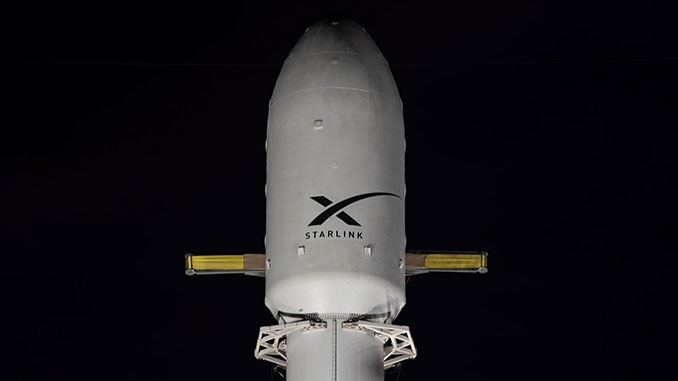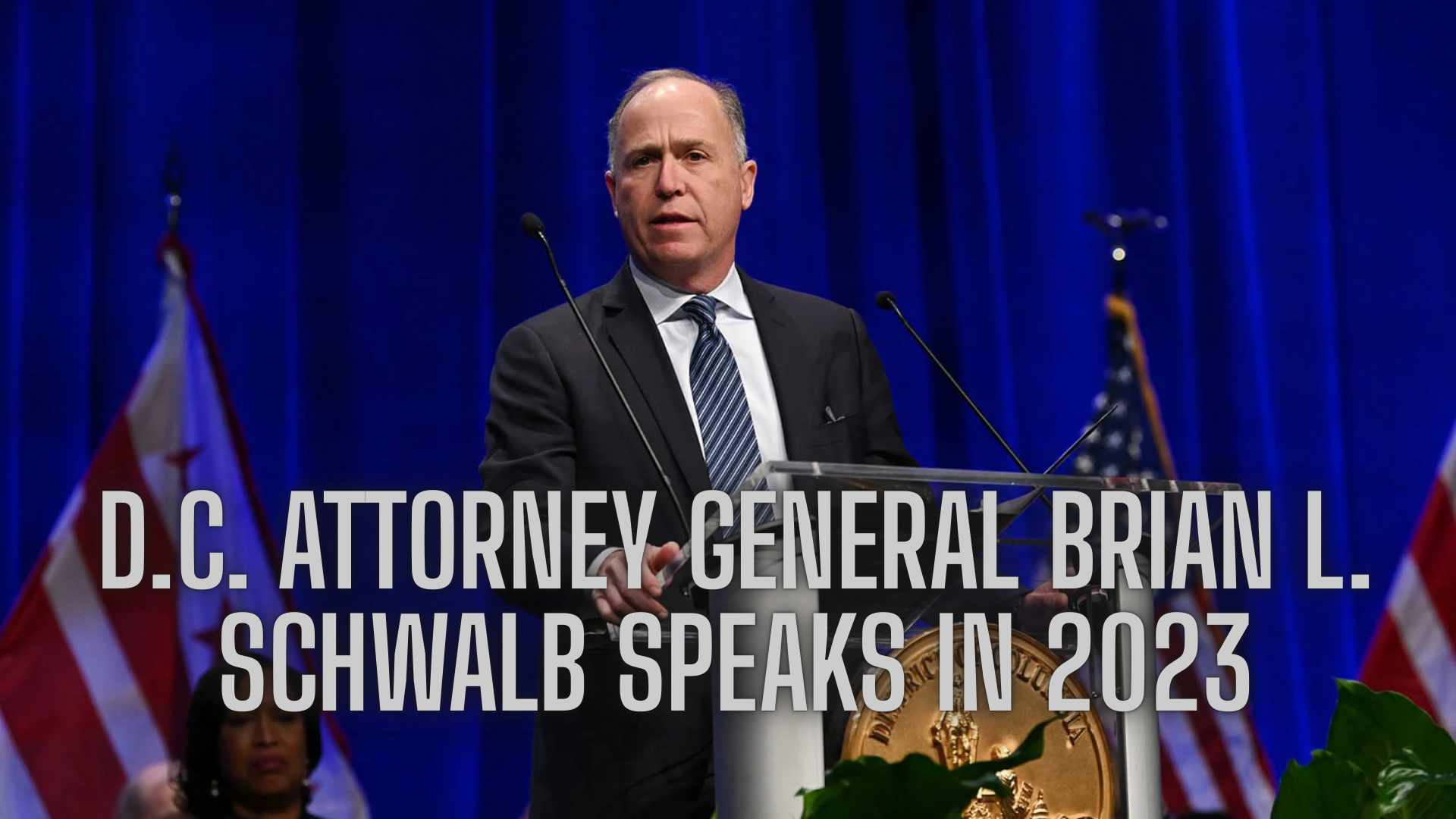SpaceX is gearing up for yet another milestone in its ever-expanding Starlink program. On Monday night, the company plans to launch 26 of its Starlink V2 Mini satellites into low Earth orbit, continuing its mission to deliver global broadband coverage.
Mission Overview: Starlink 15-9
The upcoming mission, designated Starlink 15-9, marks a significant achievement for the private spaceflight company. Liftoff is scheduled for 8:36 p.m. PDT (11:36 p.m. EDT, 0336 UTC) from Space Launch Complex 4 East (SLC-4E) at Vandenberg Space Force Base in California.
This launch will be the 200th orbital mission to take place from SLC-4E, a site rich with aerospace history. What once hosted Atlas-Agena and Titan rockets is now a hub for commercial space exploration, thanks to SpaceX’s frequent use of the pad.
How to Watch: Live Coverage Details
For those eager to witness the launch in real-time, Spaceflight Now will provide live streaming coverage beginning 30 minutes before liftoff. As always, the broadcast will include expert commentary and updates on countdown procedures, weather conditions, and post-launch analysis.
SpaceX will also provide its own live feed on its official website and social media platforms, offering viewers multiple ways to stay connected to the mission.
Falcon 9 and Booster B1093: Making Its Third Flight
The workhorse of the mission will be a Falcon 9 rocket, powered by a reusable booster numbered B1093. This booster has flown twice before, previously supporting the Starlink 11-11 and Starlink 15-5 missions. Monday night will mark its third launch, underscoring SpaceX’s remarkable advancements in reusability and cost-efficiency.
Approximately eight and a half minutes after launch, the booster will attempt a landing on the autonomous droneship, “Of Course I Still Love You,” stationed in the Pacific Ocean. If successful, this will be the 137th landing on this particular droneship and the 463rd booster recovery overall in SpaceX’s history—a testament to the company’s rapid evolution in launch and recovery technology.
What Are Starlink V2 Mini Satellites?
This mission will deploy 26 second-generation “V2 Mini” Starlink satellites, which are more advanced and capable than earlier iterations. Designed to operate in low Earth orbit, these satellites feature enhanced antenna systems, higher bandwidth, and greater power efficiency.
The V2 Minis are a bridge between the first-generation Starlink satellites and the full-sized V2 models that SpaceX hopes to launch using its powerful Starship rocket in the future. The newer satellites offer improved performance and play a critical role in expanding internet coverage to underserved and remote regions around the globe.
The ultimate goal of the Starlink program is to build a constellation of thousands of satellites to deliver low-latency, high-speed internet access anywhere on Earth, including rural communities, maritime regions, and areas struck by natural disasters.
A Historic Launch Pad: The Legacy of SLC-4E
Space Launch Complex 4 East has a long and storied past. The pad saw its first action back in 1964, during the early days of the Cold War space race, when it was used by Atlas-Agena rockets under the Air Force’s Western Test Range. It later became a launch site for the powerful Titan rocket family, which supported a wide range of military and reconnaissance missions.
From October 2005 onward, the pad was retired until SpaceX took over and revamped the site for Falcon 9 operations. Since then, it has become one of the company’s key West Coast launch facilities, handling a range of missions from Starlink deployments to polar orbit launches for government and commercial clients.
Out of the 199 previous orbital launches from SLC-4E, 131 were Falcon 9 missions, making SpaceX the dominant user of the historic site.
Looking Ahead: SLC-6 and the Expansion of Launch Capacity
SpaceX isn’t stopping with SLC-4E. The company is currently in the process of reviewing and acquiring access to Space Launch Complex 6 (SLC-6), also located at Vandenberg. Historically used by rockets like the Delta IV Heavy, SLC-6 could become a vital part of SpaceX’s infrastructure as the company looks to scale up its Falcon 9 and Falcon Heavy operations.
With SLC-6 under SpaceX’s umbrella, the company would be better equipped to handle a growing manifest of national security missions, satellite deployments, and future Starlink launches. The move also highlights the increasing importance of Vandenberg in the evolving landscape of spaceflight, especially for launches requiring polar and sun-synchronous orbits.
Why This Launch Matters
Every Starlink launch pushes SpaceX closer to realizing its ambitious plan of providing ubiquitous global internet coverage. The constellation currently includes thousands of operational satellites, and new batches—like the 26 V2 Minis set to fly tonight—play a critical role in filling gaps in coverage, enhancing network capacity, and reducing latency for users.
Moreover, the success of this launch further cements Falcon 9’s reputation as a reliable and reusable launch vehicle. The third flight of booster B1093, coupled with yet another attempted droneship landing, continues to prove the viability and economic advantages of rocket reusability—a concept once considered science fiction.
In Summary
Here’s what you need to know about tonight’s launch:
- Mission: Starlink 15-9
- Payload: 26 Starlink V2 Mini satellites
- Rocket: Falcon 9 with booster B1093 (third flight)
- Launch Site: Space Launch Complex 4E, Vandenberg Space Force Base
- Launch Time: 8:36 p.m. PDT / 11:36 p.m. EDT / 0336 UTC
- Landing Target: Droneship “Of Course I Still Love You”
- Live Coverage: Begins ~30 minutes before launch via Spaceflight Now and SpaceX channels
With a blend of cutting-edge technology, deep historical roots, and the promise of a better-connected world, Monday night’s launch is more than just another rocket flight—it’s a key chapter in the future of global communication and commercial spaceflight.
Stay tuned.
Conclusion
As SpaceX prepares for the Starlink 15-9 mission, it adds yet another chapter to its legacy of innovation, reusability, and global connectivity. With 26 new Starlink V2 Mini satellites ready for deployment, this launch not only advances the company’s goal of universal internet access but also highlights the reliability of the Falcon 9 system and the increasing importance of West Coast launch infrastructure. The potential recovery of booster B1093 will mark another step forward in SpaceX’s pioneering efforts to make spaceflight more sustainable and cost-effective. From its humble beginnings at a Cold War-era launchpad to becoming a cornerstone of modern commercial space exploration, SpaceX continues to redefine what’s possible—one launch at a time.



